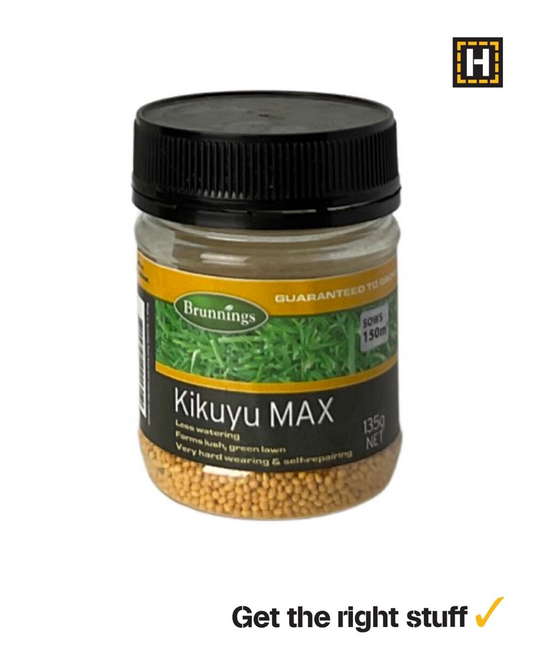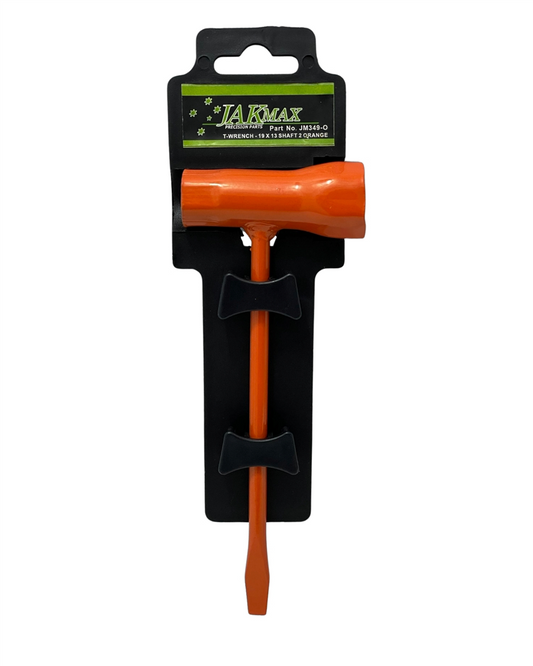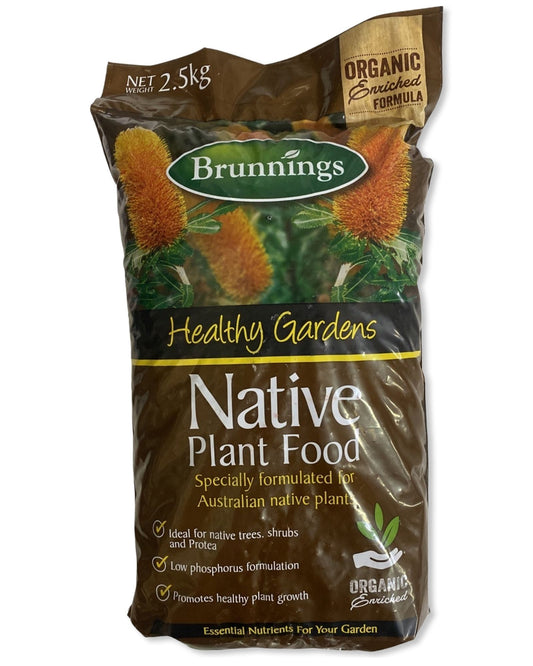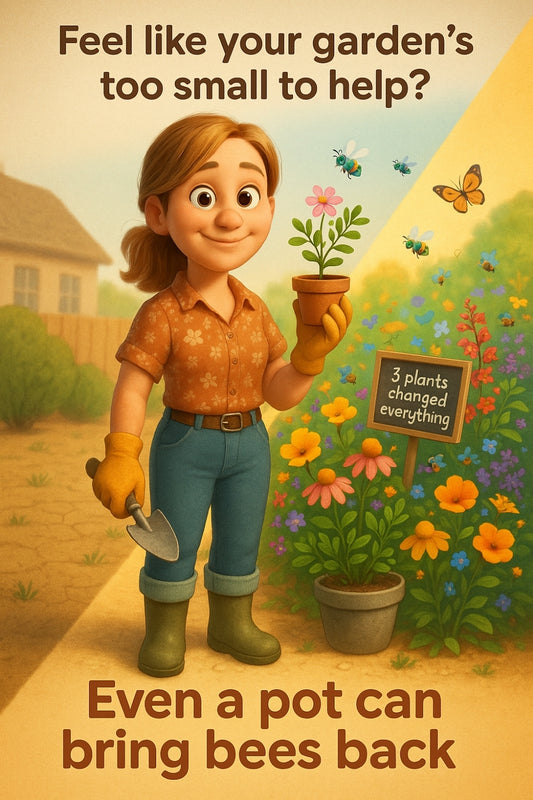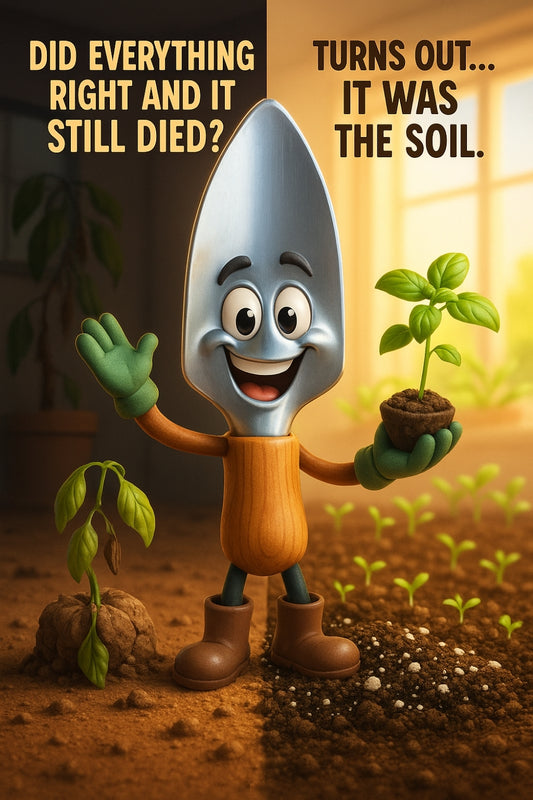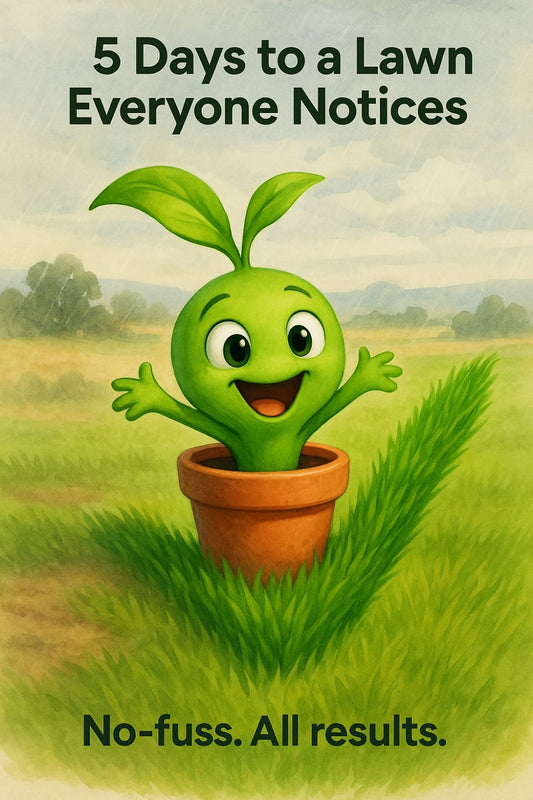Neutrog fertiliser users — ever wonder why your tomatoes still struggle next to the zucchinis?
Share
The sneaky veggie-growing secret hiding in plain sight
You already know about Neutrog fertilisers and their magic — but what if your tomatoes could do even better with a little help… from a bunch of marigolds?
Let’s be honest — no one wants sad lettuce, pest-munched kale, or mystery plant standoffs in the backyard. You're not dreaming of a science experiment; you're dreaming of juicy homegrown veggies and a garden that just works. This is where companion planting steps in like the friendly neighbour who always knows when the bin goes out — helpful, effective, and low-effort. And yet… most beginner gardeners completely overlook it.
Before: Tomatoes crying for help. After: A lockdown veggie patch so good the neighbours asked for tips.
Yes, really. Add basil next to your tomatoes and not only do they taste better, but the mozzies and aphids get confused and buzz off. Sounds too easy? That’s because it is. And it works.
What is companion planting, and why does it work?
Companion planting is the habit of growing different types of plants near each other, not just to save space — but because they help each other thrive. Think of it as the gardening version of sharing Netflix passwords; a little neighbourly generosity, with huge returns.
Some plants chase off pests, others invite in pollinators. Many give the soil a nutrient top-up their buddies can borrow. It’s a whole underground network of helpful favours — literally.
“Plants are like people — some bring out the best in each other.” — Candeece, Garden Centre Specialist
Historical roots, modern gains
The idea isn’t new. Indigenous growers around the world, including Australia’s First Nations communities, have long used these techniques. Across the Pacific, the famous “Three Sisters” method — corn, beans, and squash grown together — dates back centuries. The corn gives the beans something to climb. The beans fix nitrogen into the soil. The squash keeps the ground cool and weeds away. It's simple ecological genius.
Today, we’re rediscovering it not as some ancient theory, but a practical trick that makes modern veggie patches stronger with less work.
So what’s the ‘cheat code’ part?
Straight talk? It’s gardening that does half the work for you. By pairing your plants right, you’ll:
- Keep pests away without reaching for complex sprays
- Boost yields by attracting more bees, butterflies, and other pollinators
- Reduce weeds and water loss with proper ground coverage
- Improve soil quality with natural nitrogen-fixing and shading
Less stressing, more harvesting.
7 classic combos for effortless wins
- Tomatoes + Basil: Flavour upgrade and pest repellant besties
- Carrots + Onions: Swap family issues for pest confusion; they mask each other’s scents
- Corn + Pumpkin: Shade for the soil, snacks for later
- Lettuce + Spring Onion: Block sun, break wind (the breeze, not lunch)
- Cabbage + Dill: Attracts natural predators to pesky cabbage worms
- Strawberries + Spinach: Great use of ground space, and spinach gives strawberries a leafy assist
- Beetroot + Garlic: Garlic wards off beetroot’s biggest pests — win!
But wait — some plants just don’t vibe
Just like housemates, not all plants get along. Here are a few veggie frenemies to keep apart:
- Beans avoid onions and garlic — they slow down each other's growth
- Tomatoes + Corn — both attract the same pests, which can spiral fast
- Potatoes + Pumpkin — fight for nutrients and airflow. Keep ‘em on opposite ends.
Short on space? Use containers. Even pots can benefit from mini-companion setups. A basil-tomato pot combo on the patio isn’t just Insta-cute — it’s genuinely productive.
Chart it out, keep it simple
A planting plan doesn’t need to be fancy. Grab a notebook, sketch a rough square for each bed or patch, and jot down the pairings you’d like to try. Keep track of what goes well (and what doesn’t). After one season, you’ll already be gardening smarter without adding more effort.
What's the catch?
There really isn’t one. Companion planting is low risk, low cost, and beginner-friendly. The worst case? You plant two things and they just, well… ignore each other. The best case? Higher yields, fewer pests, and a garden that practically hosts its own ecosystem buffet.
It replaces confusion with clarity. Overwhelm with harmony. And all you need is a basic list and willingness to give it a go.
So — what do you want more of in your garden: complexity, or abundance?
Companion planting isn’t a hack. It’s not a trend. It’s just how nature was always meant to work — side by side.
Happy growing,
Candeece
 Stay Connected
Stay Connected
Join our gardening community on Facebook: Urban Gardener's Notebook
And follow our Store Facebook Page: Strathalbyn H Hardware on Facebook


